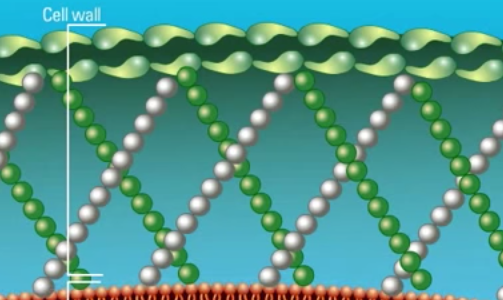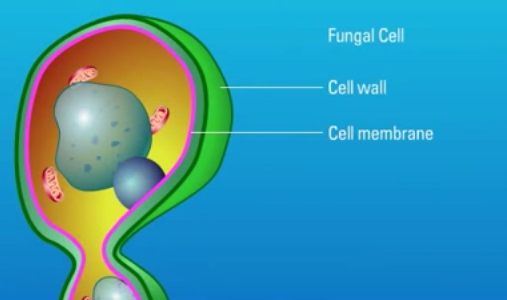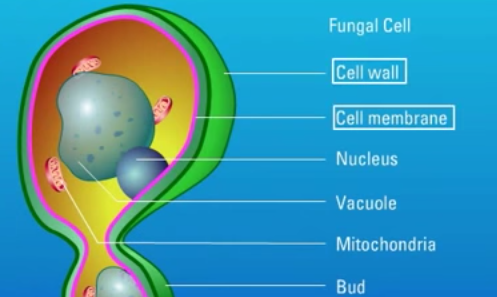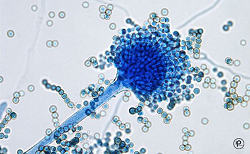Group: Clinical video
Description:
Published on 28 Dec 2012 Developed and produced for http://www.MechanismsinMedicine.com Animation Description: One of the most lethal complications of invasive aspergillosis is dissemination to the brain. The diagnosis is difficult and it has been associated with near 100% mortality, however aggressive antifungal therapy can improve outcomes. Watch this animation for more information.
Medical and Patient education videos
-
Title
Description
-

Fungi are eukaryotic organisms which possess a unique cell wall and cell membrane that can serve as targets for antifungal agents. The echinocandin class of antifungal agents target the cell wall of fungi. Watch this animation for more information.
-

Fungi are eukaryotic organisms which possess a unique cell wall and cell membrane that can serve as targets for antifungal agents. Polyene antifungal agents such as Amphotericin B target the fungal cell membrane. Watch this animation for more information.
-

Fungi are eukaryotic organisms and are not related to bacteria. As eukaryotes, they contain membrane bound organelles and possess a cell membrane surrounded by a rigid cell wall. Watch this animation for more information on the unique structural properties of fungi.
-

A review of antifungals, focusing on amphotericin B, azoles, and echinocandins. Structure, mechanism, spectrum of antifungal activity, common clinical uses, and common side effects/toxicities are all discussed. (April 2015)
-

Fungi are eukaryotic organisms which possess a unique cell wall and cell membrane that can serve as targets for antifungal agents. Polyene antifungal agents such as Amphotericin B target the fungal cell membrane.
-

Fungi are eukaryotic organisms which possess a unique cell wall and cell membrane that can serve as targets for antifungal agents. Polyene antifungal agents such as Amphotericin B target the fungal cell membrane.
-

Healthy Buildings 2015 Europe – Eindhoven, The Netherlands
-

Healthy Buildings 2015 Europe – Eindhoven, The Netherlands
